
When visiting the Languedoc, one of the most important Archaeological finds in the region is located in Nissan-lez-En?erune- not 10 minutes from Capestang on the Oppidum. The word Oppidum is derived from the earlier Latin ob-pedum, “enclosed space”. Julius Caesar described the larger Celtic Iron Age settlements he encountered in Gaul as oppida, and the term is now used to describe the large pre-Roman towns that existed all across western and central Europe.
In 1860 Abbot Giniès discovered the oppidum in Nissan-lez-En?erune, a village whose characteristics are of the Celtics during the Iron Ages in southern Gaul. The location on top of the giant hill offered natural protection for the villagers with its elevated settlement and a large surface area for the growing population.
During the 6th to the late 5th centuries BC, an early settlement was found on the plateau with modest huts built from cobs and branches for roofs. Silos or underground compartments were cut into the rock used to store provisions like grain.
During the 5th to late 3rd centuries BC, came a town with sturdy embankments to the North and South slopes, forming terraces on which buildings were constructed. Streets ran between stone houses and they replaced the silos with dolia, large ceramic vases used to store wine, oil and water but also grains. They were placed underground where it was protected from the elements. Later, the largest houses adopted Roman architecture, with rooms arranged around the courtyard, columns with capitals, mosaics and decorative paintings.
They had a cemetery away from the village to the West where they found 500 incineration graves, the largest Celtic burial site in the Languedoc. Established in 400 BC, it was redeveloped several times over before it was covered by a residential area around 200 BC. Here is where the large Roman (style) house stood. The town became more organized over the centuries and grew over the flanks of the hill.
Excavations began on the plateau in 1915, and continuing until 1967. The visible remains represent just one tenth of the area occupied by the village. The grounds around the museum are laid out in a Mediterranean garden, and the site offers panoramic views of the sea, the plains and Montady Lake which now is a pie shaped patch work of fields with pizza-slice parcels. Makes for a great photo.
A pedestrian passageway was built into the side of the retaining wall for locals to descend the 400 meters to have access to the fresh-water spring. They also had a Roman style central sewage system with run off pipes cut into the stone. Rainwater also caught in a similar piping system and redirected to underground storage tanks.
It was a remarkable feat to think before Christ settlers were this innovative. 225 BC onwards the town expanded west, where they found a winepress, iron items, dolia artifacts; archaeologists suppose this was the craftsmen’s workshop district. Perhaps a noisy centre point of the village where people work long hours to make a living under the hot sun of the Languedoc.
The Museum houses all the artifacts found from the archeological dig on the Oppidum. I found it remarkable that items from all over Europe were discovered; Celtic, Greek, Iberian, Roman, Spanish, Italy. Items made their way to this town, perhaps via trade along the waters or perhaps settlers sharing their knowledge and creating them here. You have to remember that much of this area was covered in water, marches that connecting the ponds and rivers to the sea.
A good example of different cultures influencing this town is the evolution of their oil lamp. A tiny clay dish to hold the oil with a base and a handle. The oldest found on this site were very simple, made of clave, were a few inches long without much thought for more than its use. Eventually it evolved and became more beautiful and not just a tool. One was painted in typical Greek style, another in Roman style with drawings and stones that were quite ornate and pretty. And lastly they evolved to sculptures on the handles. The same variety would appear for a period of time replaced by another more evolved version.
It seems to me that the Oppidum may have been a trading post of sorts, and over the centuries many different cultures passed through. It was able to sustain their village from the 6th century before Christ to the 1st century AD.
Perhaps the first settlers, the Celtic warrior population (buried with their weapons from the Iron Ages in their graves on the Oppidum), chose this Oppidas for their strategic point; high above the marsh lands and valley below and were able to see enemies trying to attach.
Many coins were uncovered on this site from the Roman Republic and Imperial eras that show the dominance of the Roman economy in the region. Ornate items; jewelry, hair clips and make-up palettes reveal an importance to appearance, and many were decorated with coral, stones and gold and another sign of Roman influence.
After centuries of bringing their reserves up the hill to the Oppidum settlement, in the first century after the death of Christ it is believed that the settlers made their way down to the valleys below where provisions were easier to obtain much like the Romans of the time who preferred valley settlements.
The Étang de Montady is a drained freshwater wetland. Montady Lake was drained by making radial ditches from a single centre point out to the extremities. The water flows underground through a culvert piping system that directed the water towards the rivers and and eventually to the sea. Now with the Canal du Midi, the water flows through the Malpas hill and under the Malpas Tunnel. The field plots are triangular because of these radial lines from the centre. The tunnel is located at the foot of the Oppidum.
The cost of entry to the Museum is 7.50€/adult and children under 18 are free. It makes for a great walk, about 45 minutes, plus give yourself time to explore the museum and watch the short 13 minutes film. It makes an easy afternoon. Bring your camera as you will see some of the best views around the area and an assortment of birds.

Oppidum NIssan
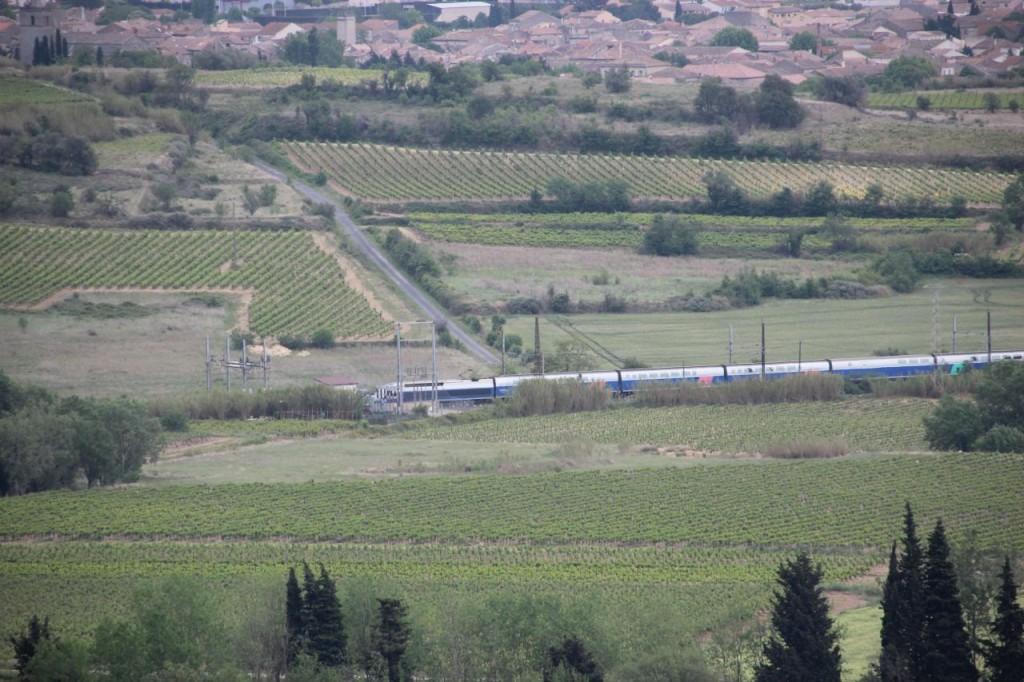






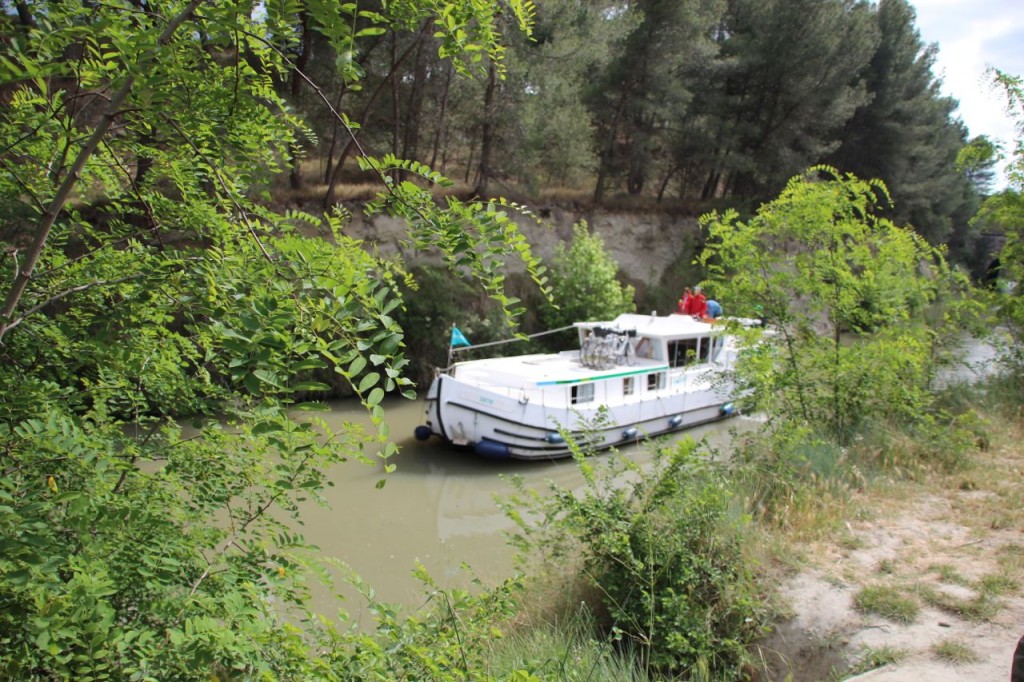

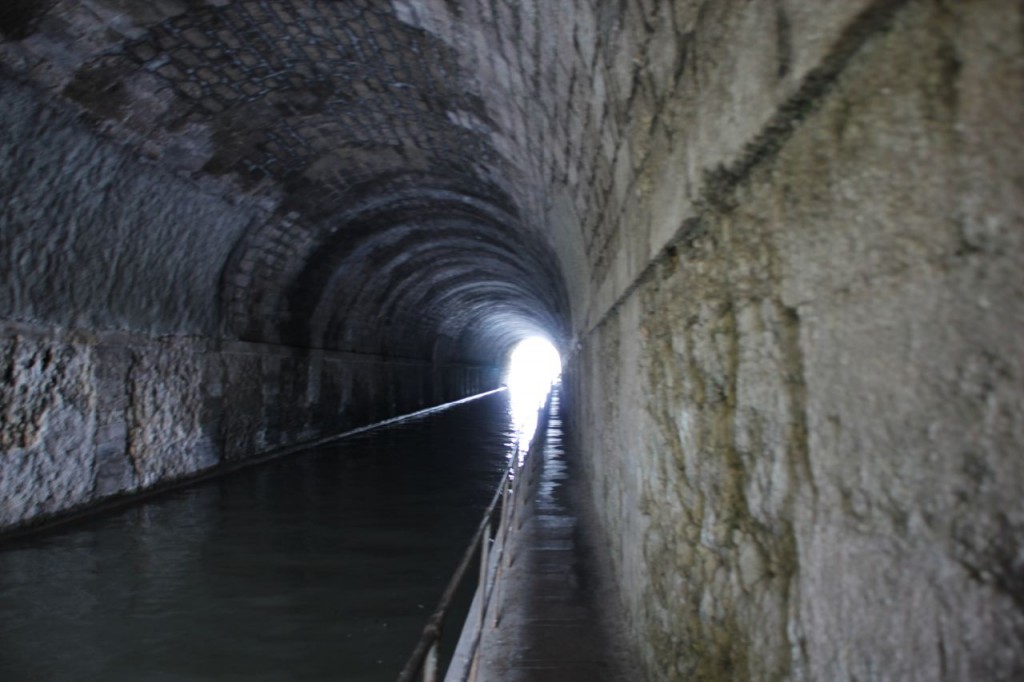
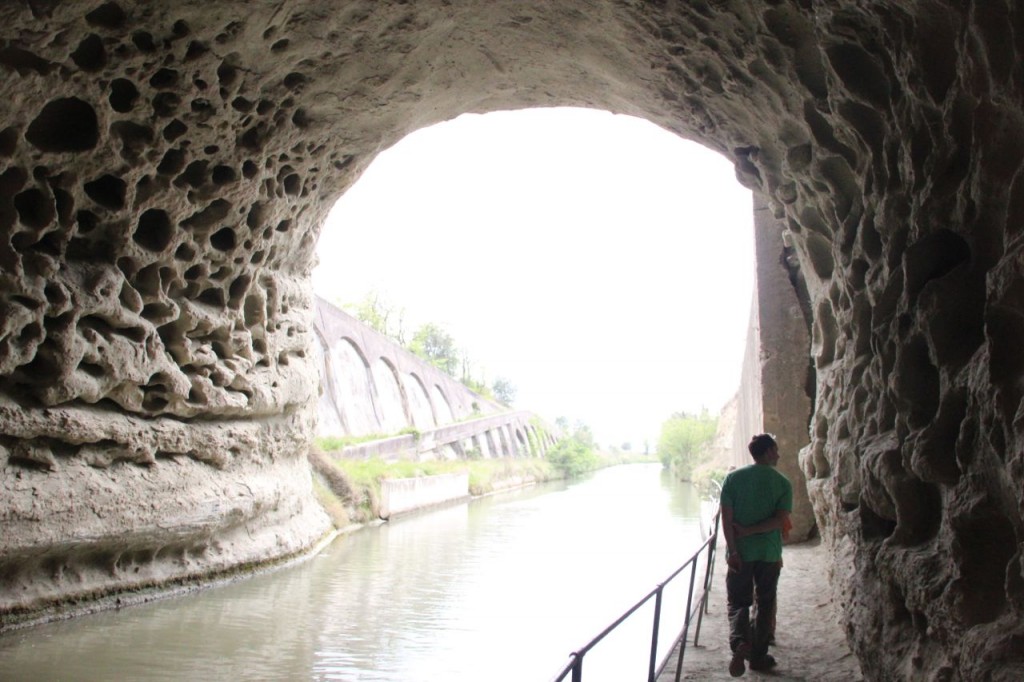
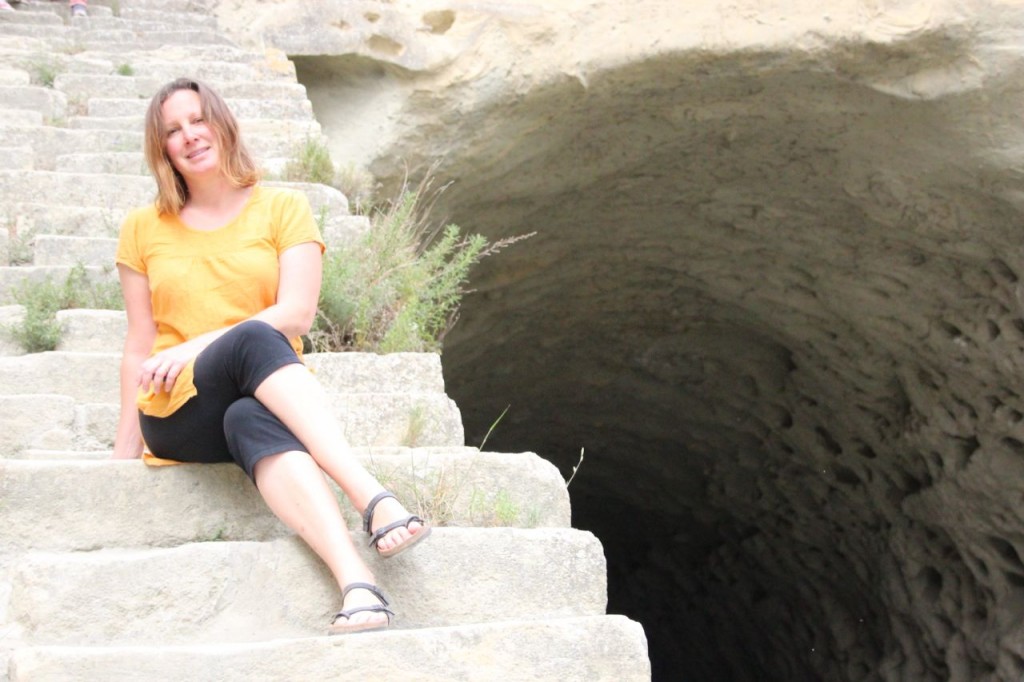

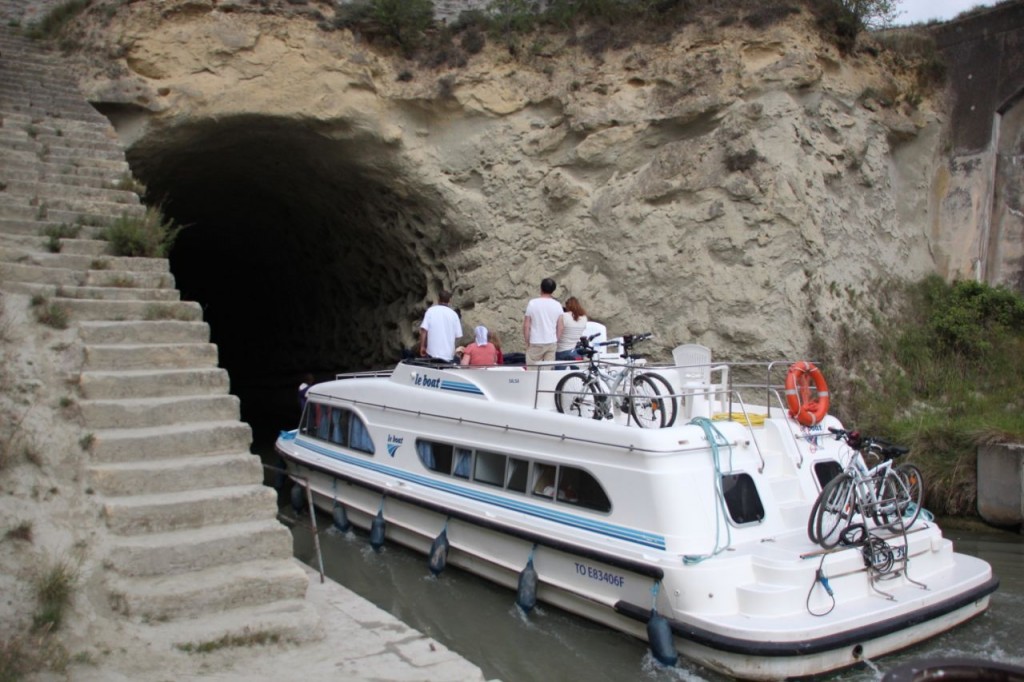
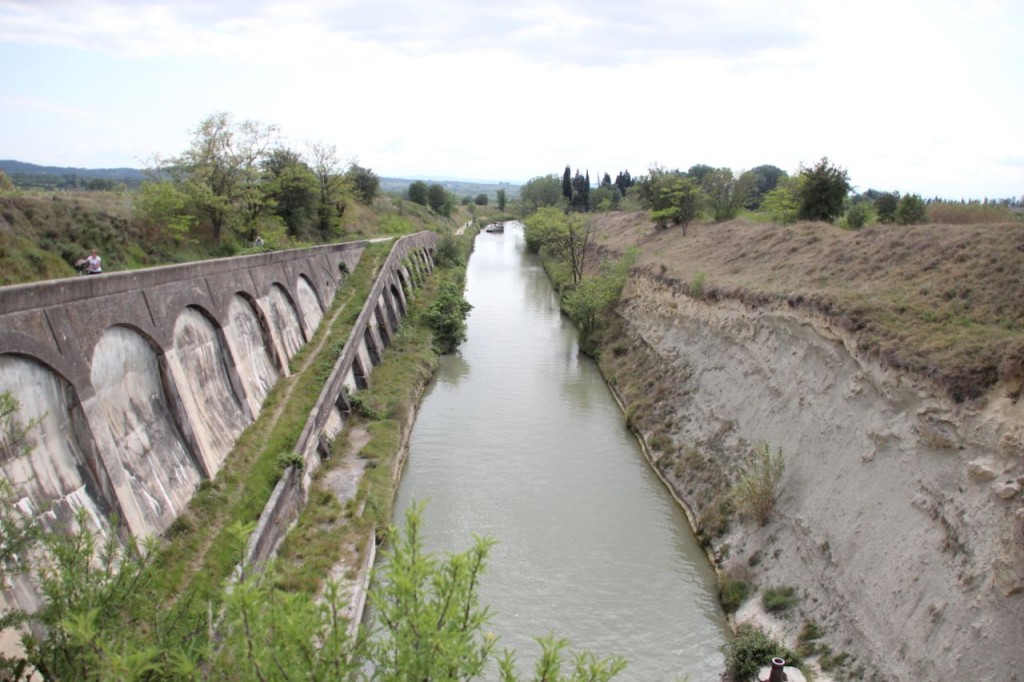
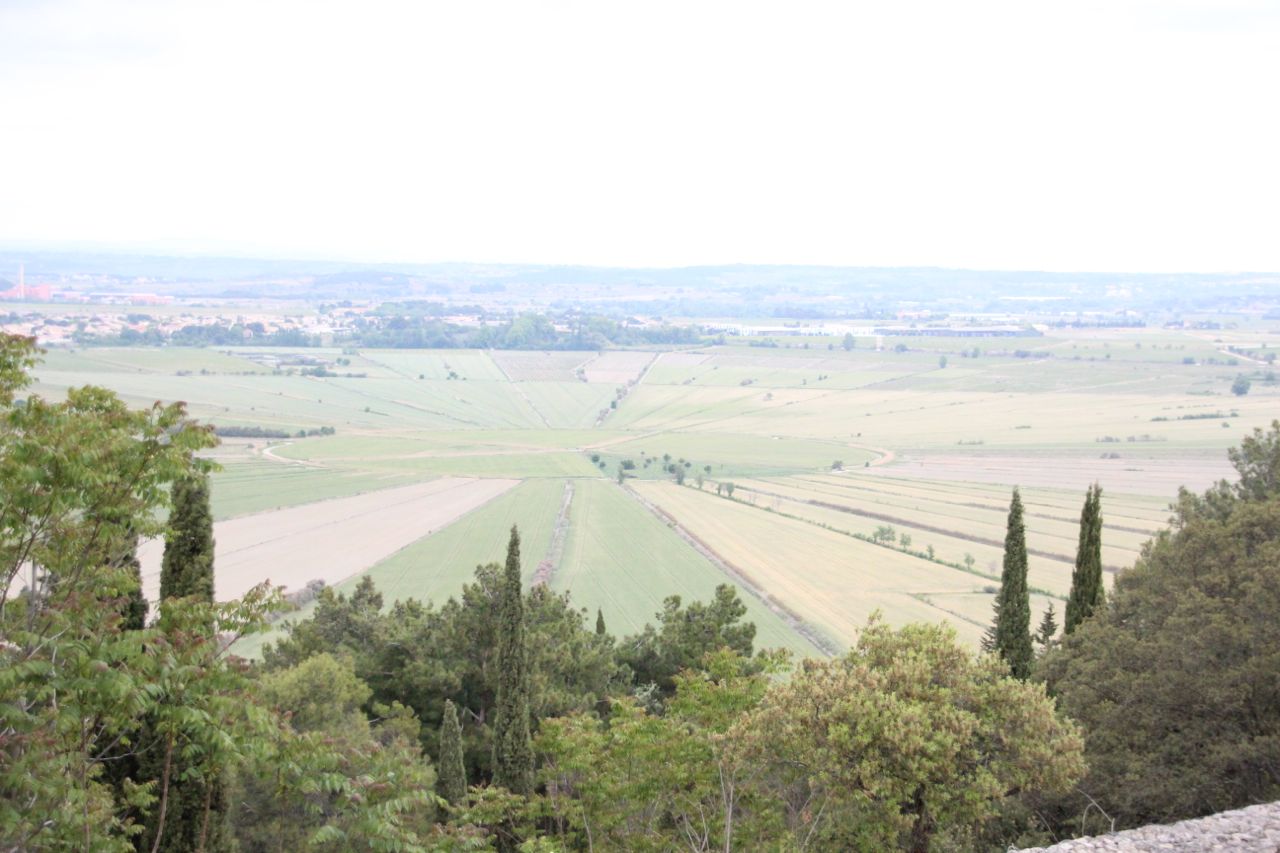





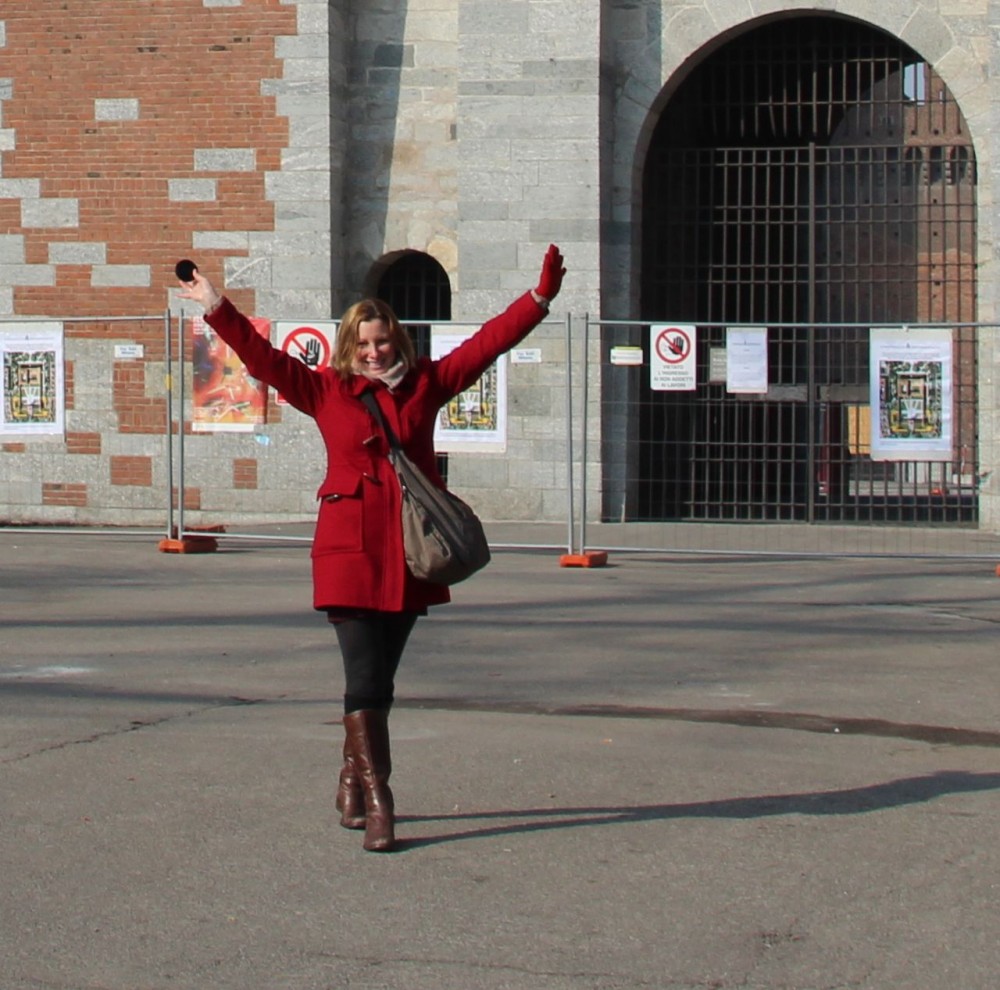




[…] ancient civilizations are your thing, then visit the Oppidum to explore from 50 BC to 500 AD. This is a very important find for the region and you can see the […]
[…] Oppidum […]
[…] Oppidum […]